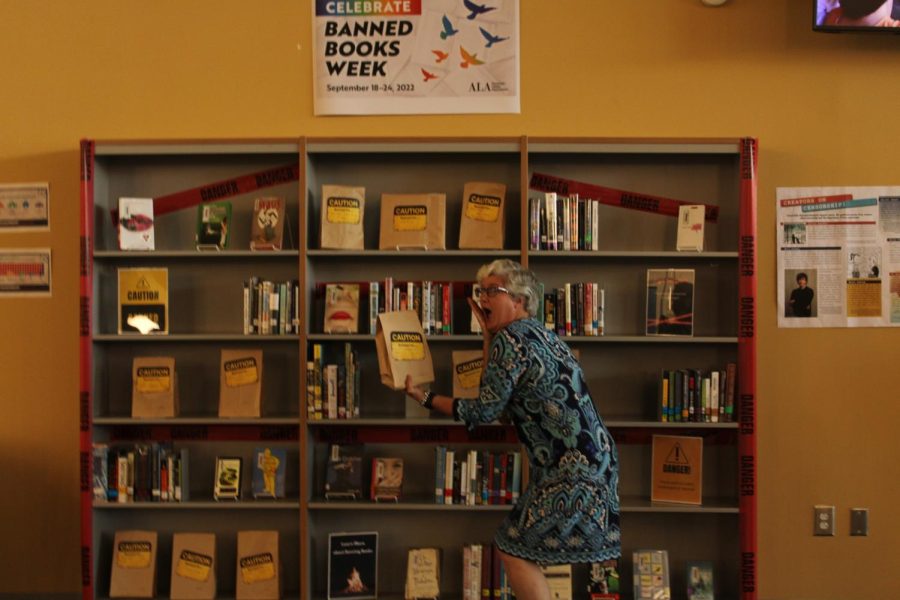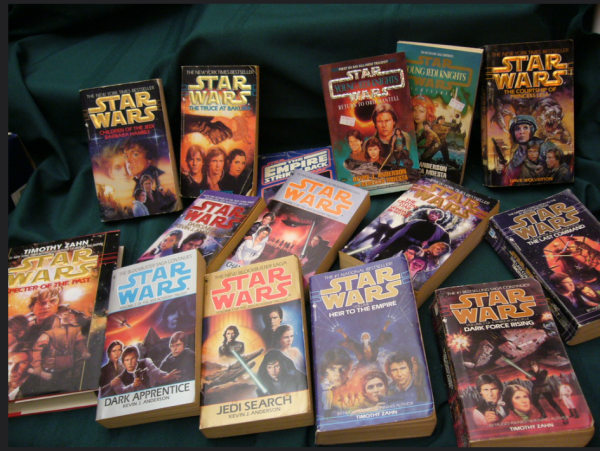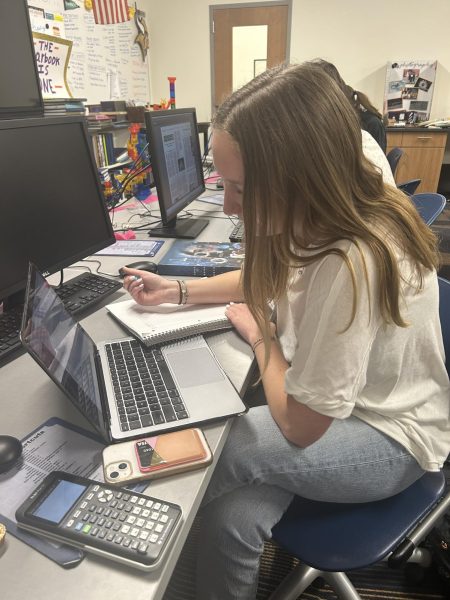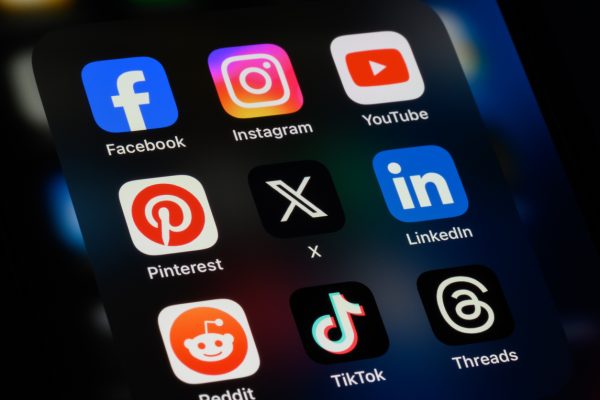The Uprise in Banning Books
Should high schools remove certain books from their libraries?
Librarian Susan Myers shows off the banned books display in the library.
September 13, 2022
Banning books has been a common occurrence for hundreds of years. Long ago, the only book widely available after the invention of the printing press was the Bible. Over the years, powerful leaders wanted to ban the book to prevent unauthorized reading and perceiving the text in different ways. Today, there are varied reasons why people decide to ban books, the most common being provocative imagery, offensive language and any content considered obscene.
Thus, the debate of the ethicality of banning books begins. Many people have challenged books in America including titles like “To Kill a Mockingbird” by Harper Lee, “The Hate U Give” by Angie Thomas and “The Great Gatsby” by F. Scott Fitzgerald. The reasons these books are being challenged is for containing offensive language, profanity and for the alleged indoctrination of a social agenda. Many books that are challenged have valid reasoning behind why the book should be banned, but there are some books that are challenged that are shocking to authors and readers. For example, “Charlotte’s Web” by E.B. White has been banned in various libraries because the talking animals in the book were depicted as unnatural. Another example, the Harry Potter book series by J.K. Rowling has been banned for promoting “witchcraft” and setting bad examples for children.
Susan Myers, librarian at Spartanburg High School, has strong beliefs about the banning of books.
“I don’t think they should be banned. In a library, a student should be able to pick out any book they want so if you have a book you don’t feel comfortable with, we can help you find an alternative text,” Myers said.
Books are not just used for entertainment purposes. They are also used in educational environments. Schools use nonfiction and fictional books to help improve students’ thinking skills, vocabulary and concentration. Certain books can also help a student’s emotional and social intelligence by preparing them for real life situations and presenting different ways to handle them. Students also use reading to reduce anxiety and escape from everyday life.
Anne Caroline Greer (10) is an avid reader of young adult fantasy and romance books and often reads throughout the school day during her free time.
“It helps me not think about what’s stressing me out, and I can lose myself in the story,” Greer said.
It helps me not think about what’s stressing me out and I can lose myself in the story.
— Anne Caroline Greer (10)
Readers believe the story a book tells should be common and uncontroversial, but some of the most popular books ever written started some sort of conversation, and that’s what many authors intend to do. Starting a conversation requires a risk to be taken and the authors know that there will be backlash, but they want to inform and enlighten people about issues they are passionate about. Author F. Scott Fitzgerald wrote “The Great Gatsby” due to his interest in people’s enthrallment and the overall unattainability of the American dream. Fitzgerald also touched on subjects such as greed and betrayal, and he does so through writing that is intriguing, yet understandable. Educators teach “The Great Gatsby” because of its symbolism, themes, and use of literary devices.
AP English teacher Jessica Stevens believes that all books are useful in their own way.
“Yes, “The Great Gatsby” has mature elements, but the main character’s journey into self-discovery is something all reader can identify with. Fitzgerald’s use of symbolism, characterization and thematic development is unrivaled by other early 20th century novels. Books are standalone pieces and when you ban books, you are removing a truly unique piece of art from people who could truly benefit from them,” Stevens said.
Despite this, some people pushed to ban the book book for its sexual references and explicit language. Then one must ask, would the book be the same without those controversies? “The Great Gatsby” portrays the American dream in a magnificent but harsh light. It shows the glamorous sides of society, but also the shadows. In exploring this reality, the author chose to use harsh language and descriptions to describe the harshness of reality, thus illustrating the dilemma of the banning of books.




















